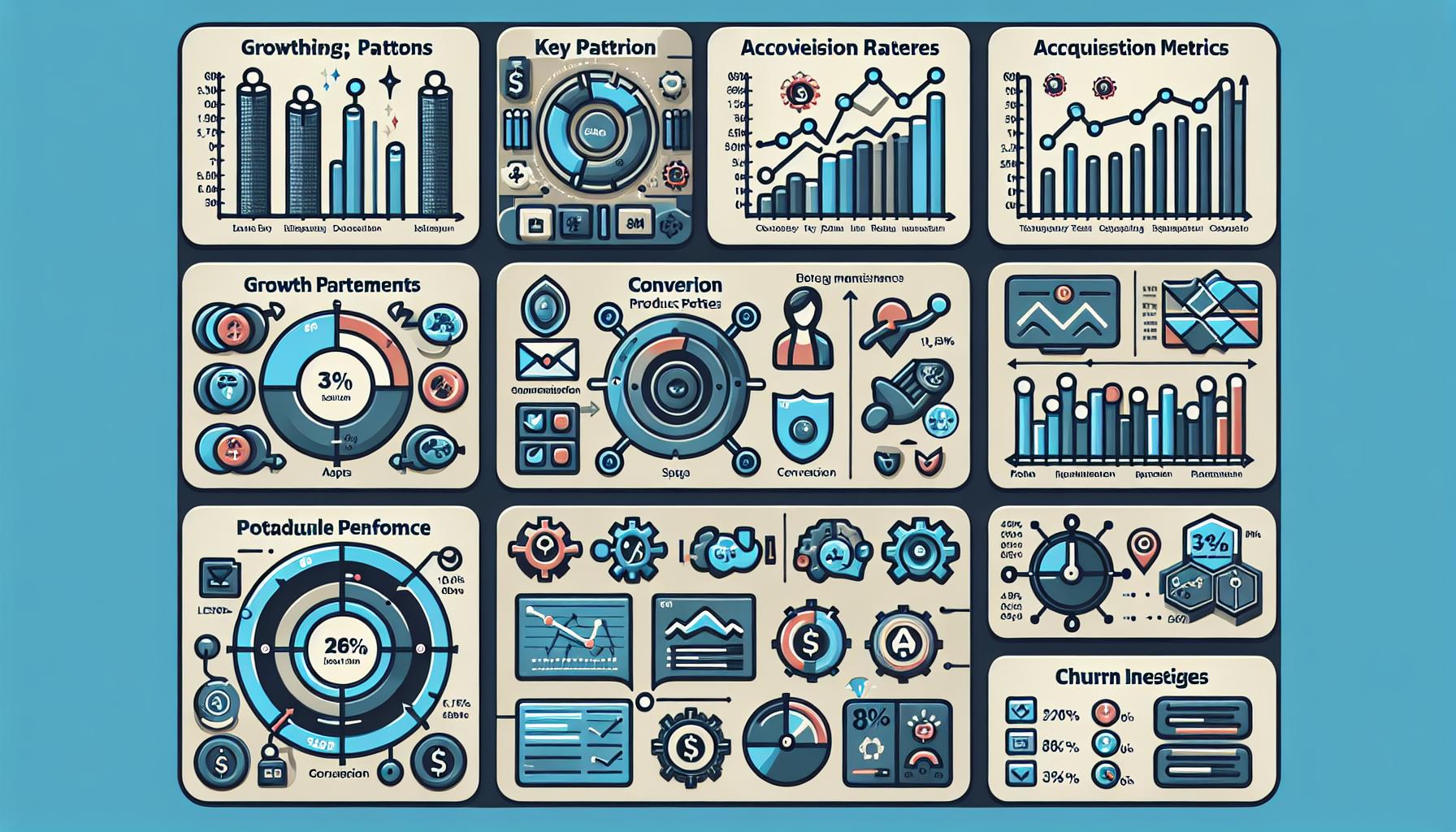Introducing the revolutionary concept of the « pipeline product » – a game-changing solution for maximizing sales and boosting revenue. In this article, we will delve deep into the strategies and techniques behind building a successful sales funnel for your pipeline product, helping you navigate through the complexities of modern marketing with ease. So buckle up and get ready to unlock the potential of your business like never before!
Table of Contents
- Introduction: Understanding the Concept of a Pipeline Product
- Maximizing Sales Potential: How to Identify and Develop High-Quality Pipeline Products
- Effective Strategies for Managing and Nurturing Pipeline Products
- Key Metrics and KPIs for Tracking Pipeline Product Performance
- The Importance of Constantly Evaluating and Updating Your Pipeline Product Portfolio
- To Conclude
Introduction: Understanding the Concept of a Pipeline Product
Imagine a pipeline flowing steadily, transporting various products from one end to another. This analogy perfectly captures the essence of a pipeline product in the world of sales and marketing. A pipeline product is designed to guide potential customers through a series of steps, gradually leading them towards making a purchase.
Building a pipeline product involves strategically mapping out each stage of the customer journey, from initial awareness to final conversion. By creating a seamless flow of information and engagement, businesses can effectively nurture leads and maximize their chances of success. In essence, a pipeline product is like a well-oiled machine, smoothly guiding customers along the path to purchase.
Maximizing Sales Potential: How to Identify and Develop High-Quality Pipeline Products

One key component in maximizing sales potential is identifying and developing high-quality pipeline products. These products are the lifeblood of any successful sales funnel, driving revenue growth and ensuring long-term sustainability. By understanding how to spot these high-potential products early on, you can strategically allocate resources and focus your efforts on products that will generate the highest return on investment.
To identify pipeline products, start by analyzing your current product offerings and sales data. Look for products that consistently perform well, have high profit margins, and align with your target customer’s needs and preferences. Additionally, consider the following factors when evaluating potential pipeline products:
- Market Demand: Is there a significant demand for this product in the market?
- Competitive Landscape: How does this product differentiate from competitors’ offerings?
- Profit Potential: What is the potential revenue and profit margin for this product?
- Customer Fit: Does this product align with your target customer’s pain points and preferences?
| Product Name | Market Demand | Competitors | Profit Margin |
|---|---|---|---|
| Product A | High | Low | 60% |
| Product B | Medium | Medium | 40% |
| Product C | High | High | 70% |
<p>When it comes to managing and nurturing pipeline products, it is crucial to have effective strategies in place to ensure the success of your sales funnel. One key strategy is to regularly review and analyze the performance of your pipeline products. By keeping track of key metrics such as conversion rates, lead quality, and sales cycle length, you can identify areas for improvement and make data-driven decisions to optimize your pipeline.</p>
<p>Another important strategy is to segment your pipeline products based on their stage in the sales process. By categorizing your products into different stages such as prospecting, qualification, and closing, you can tailor your marketing and sales efforts to effectively nurture leads and move them through the pipeline. This targeted approach can help increase conversion rates and drive revenue growth for your business.</p>


